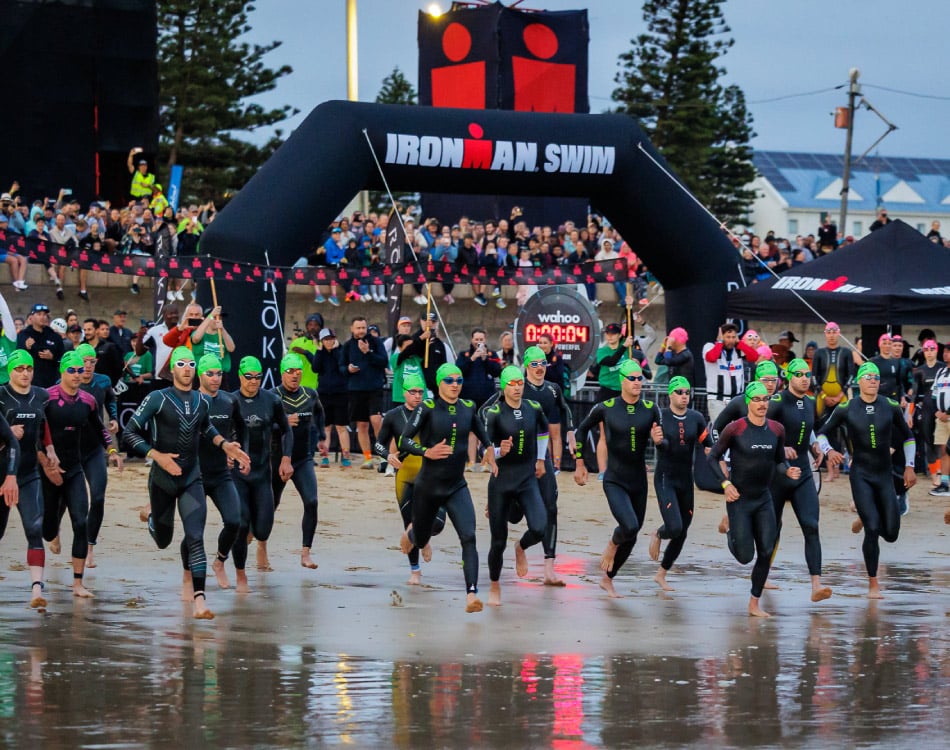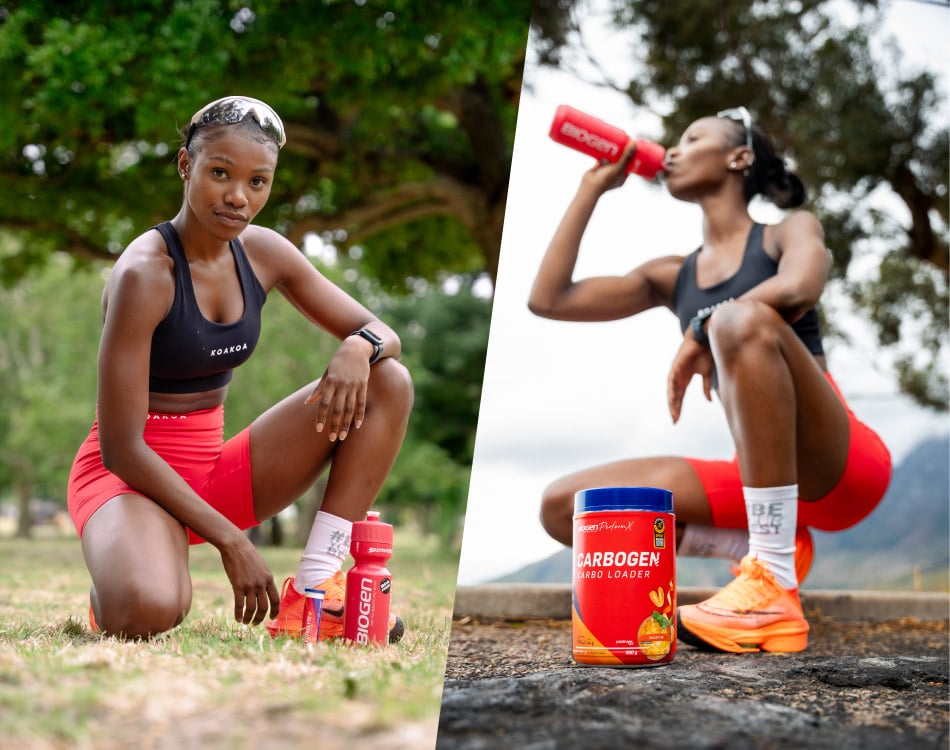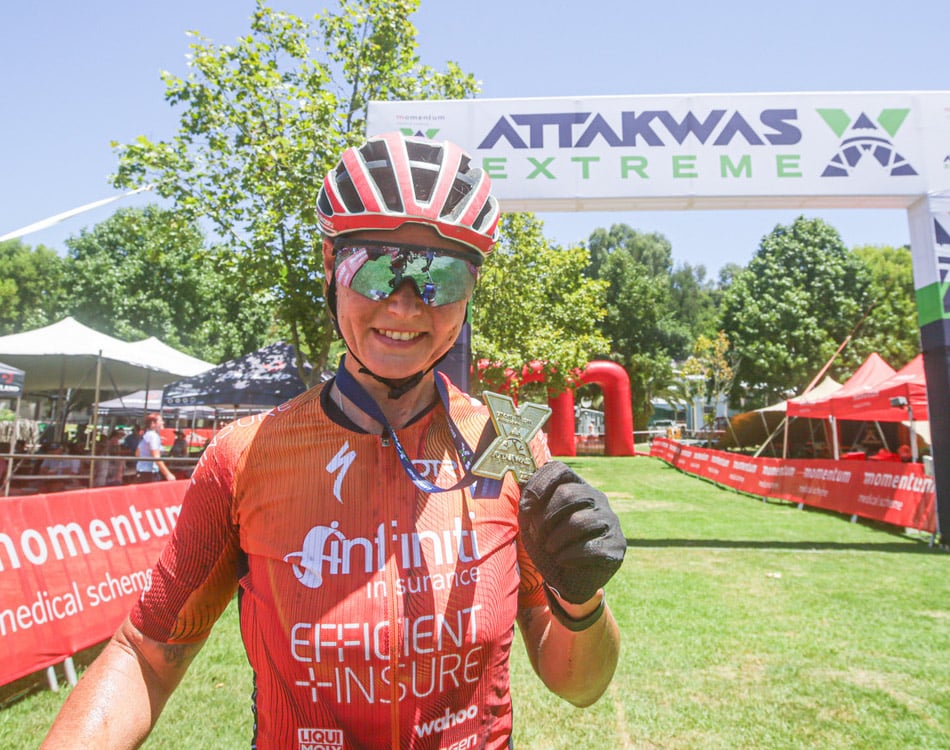We all want to push our boundaries and achieve our physique or performance-oriented goals, but at what cost?
When it comes to training, there are established guidelines we need to adhere to reduce our risk of injury, without limiting our fitness gains. Ignore them and you’ll likely find yourself on the fast-track to injury.
Here are 5 practices to avoid if you want to remain injury free:
1. Haphazardly ramping up the training load
Rapid, abrupt increases in acute training load expose an athlete to an increased risk of injury because the heightened stimulus may exceed the body’s ability to adapt or even cope.
Properly periodised training programs incrementally increase training load (volume or intensity) in a manner that promotes adequate adaptation to the imposed physical and physiological demands.
However, when you suddenly ramp up your training intensity or volume, you overload muscles and their supporting structures, which means the load on other muscles such as stabilisers also increases.
In addition, other previously unused muscles may be incorporated to compensate for a lack of strength in the main muscles involved in the movement. It is often these muscles and their supporting structures that get injured as they’re not conditioned to cope with the load or even support that movement pattern.
The effects can range from a muscle cramp to more severe injuries such as muscle strains or tears, or torn ligaments and tendons.
2. Going from 0 to 100
Who has the time to warm up, really? Well, it’s best to make the time as this is one of the leading causes of injury.
Failure to perform a proper warm-up can put you at risk for injury as muscles and joints are not adequately prepared for the pending exercise.
The fact that many of us sit for eight or more hours a day, which leads to poor mobility and tight muscles, particularly in our hips, greatly increases the risk of injury, especially during highly intense, dynamic or multi-directional movements.
A warm-up is, therefore, necessary to ‘loosen’ up these joints and muscles to improve mobility, increase range of motion in joint structures, and warm up muscles by increasing blood flow and body temperature.
A thorough warm-up should include some light cardiovascular exercise, followed by mobility drills and some pre-workout activation to prime our bodies, especially our neuromuscular system, to get muscles ‘firing’ optimally.
3. Working with a weak foundation
Poor posture, a weak core and glute muscles, chronically tight hip muscles from hours spent sitting and structural misalignment in joints and muscles are all factors that predispose us to a greater risk of injury.
What’s more is that a poorly planned training program or one that fails to address possible weaknesses will overemphasise primary muscles, while neglecting smaller ones, which are often those responsible for the important role of stabilisation. This predisposes an athlete to muscle strength imbalances, which is another leading cause of chronic injury.
To reduce the likelihood of injury you need to follow a holistic program that aims to develop the entire body as an integrated system, not merely a combination of independent parts or muscle groups.
The foundation for this, for every sport, is a strong core (abs, glutes and lower back), mobile joints, a skeletal system that is in alignment, and strong yet supple muscles.
4. Constantly pounding the same structures
Participating in the same type of activity, which is common among endurance athletes, is the cause of one of the most common forms of injury among active individuals.
The combination of repetitive loading, body positioning and movements across a single plane (forward and back with little lateral movement) and a narrow range of motion, and a focus on one form of exercise places athletes at greater risk for overuse injuries.
This type of injury usually develops over a long period of time due to mild or low-grade, repeated stress.
The more common types of injuries associated with overuse tend to affect joint structures and the tissues that heal more slowly due to a lack of adequate blood flow, such as ligaments, tendons and fascia.
Accordingly, conditions such as Achilles tendinitis, patellar-femoral syndrome, and plantar fasciitis are common overuse injuries. In more extreme cases where chronic exercise stress and repetitive high impact forces are involved, stress fractures are not uncommon.
5. Overtraining and under-recovering
Training a specific muscle, group of muscles, or physiological system too frequently without adequate rest will also eventually lead to injury.
Exercise produces damage by imposing stress on the body and it is only through adequate rest and recovery, which includes an appropriate diet, that it will grow stronger and more resilient.
Without adequate nourishment and rest – a mix of both active recovery and restorative rest – athletes constantly break down their bodies, which will eventually lead to some form of malfunction, the most common of which is a soft tissue injury or, in severe cases, neuroendocrine fatigue – what’s commonly referred to as overtraining syndrome.
The constant use of high volume training and advanced training techniques, and the chronic use of near-maximal workloads, despite taking adequate rest, are also leading causes of overtraining. Beginners with meagre training histories are more susceptible to this condition than are those with longer, better-managed training histories, though.
Symptoms of overtraining include:
- Chronic fatigue;
- Severe and rapid weight loss;
- Troubling sleeping;
- Inability to concentrate;
- Lowered immunity (increased susceptibility to infection);
- Inability to perform during repeated bouts of exercise;
- Unable to train with the correct technique;
- Increased resting heart rate.


















Leave A Comment